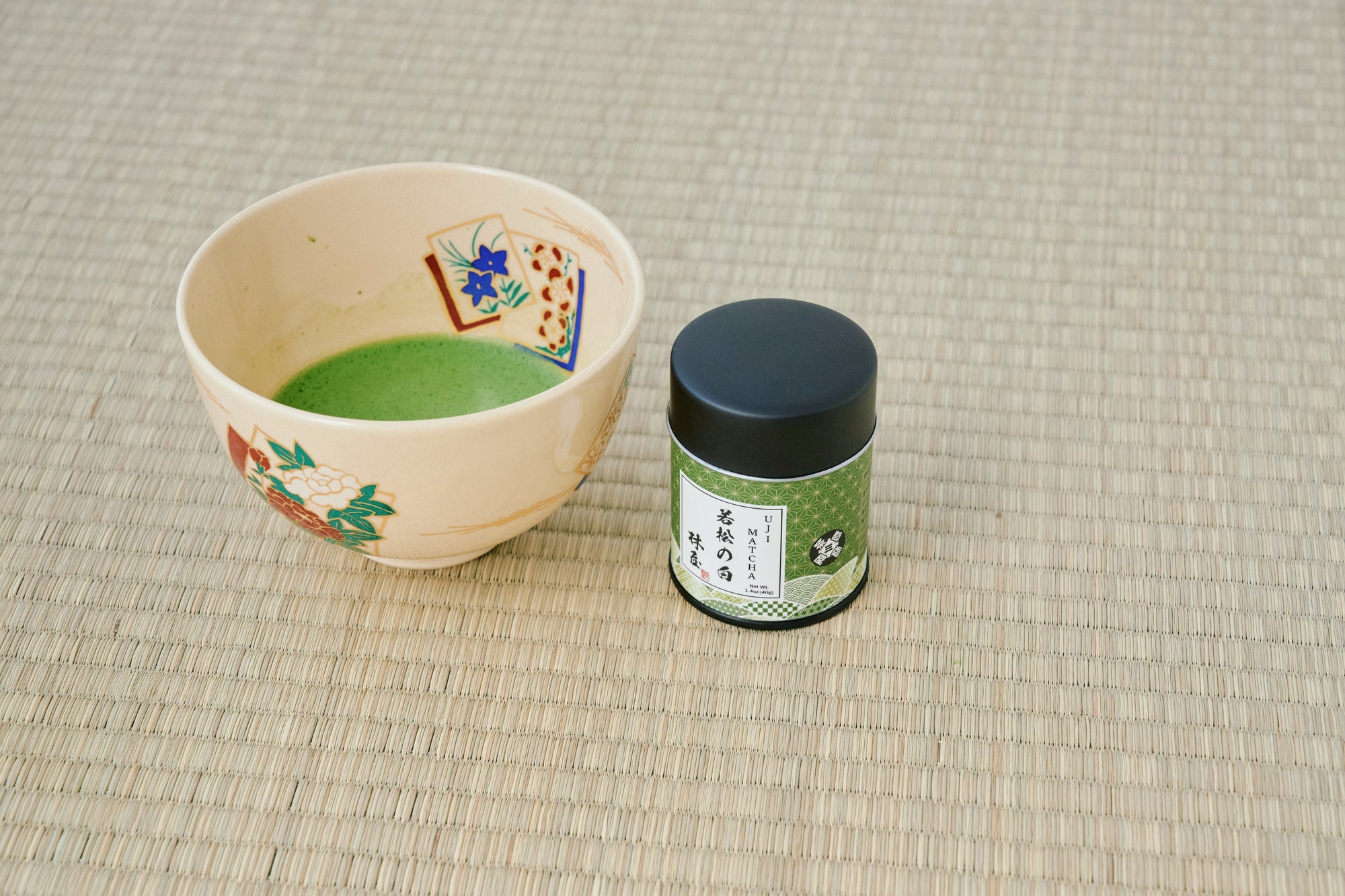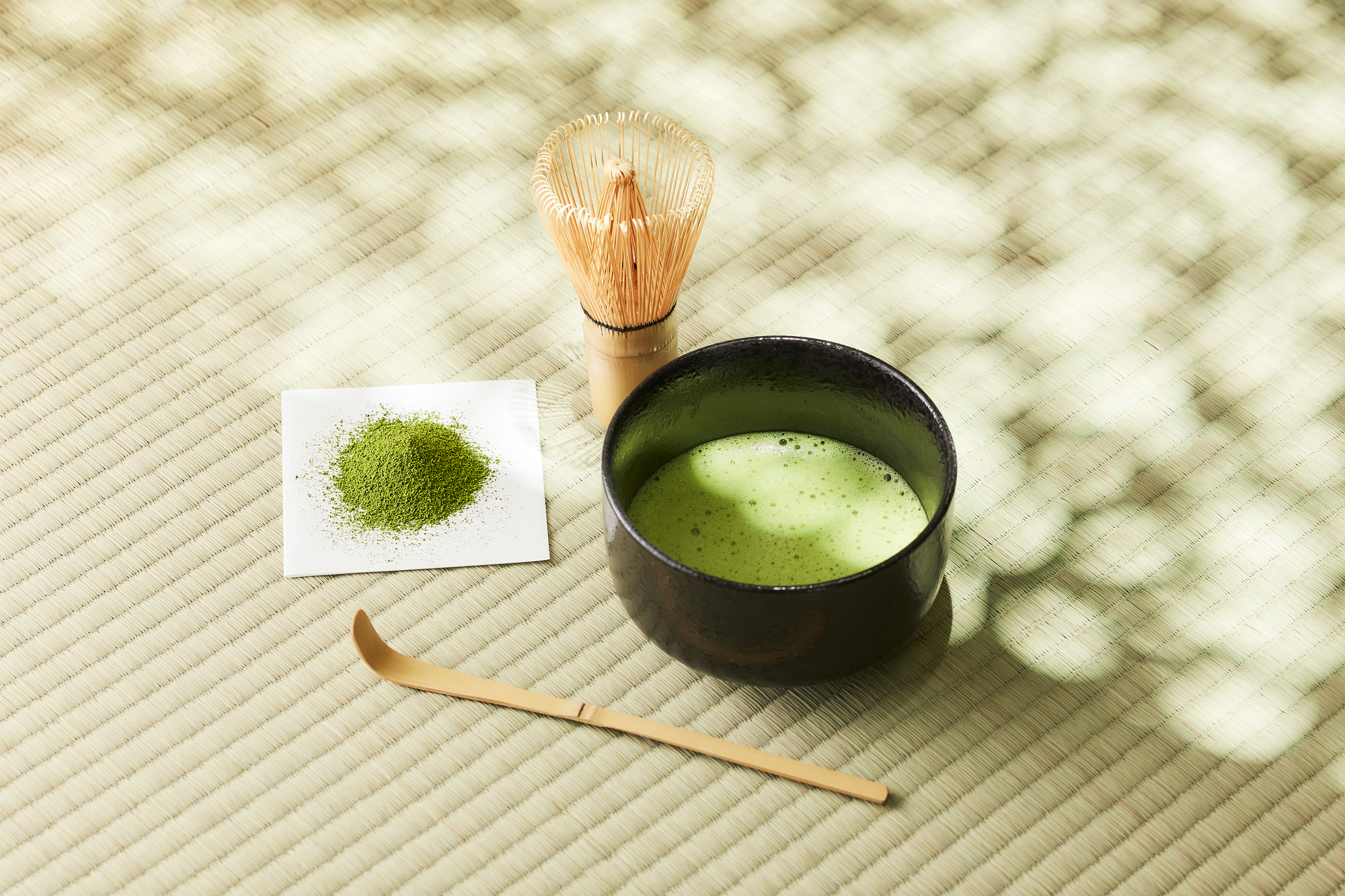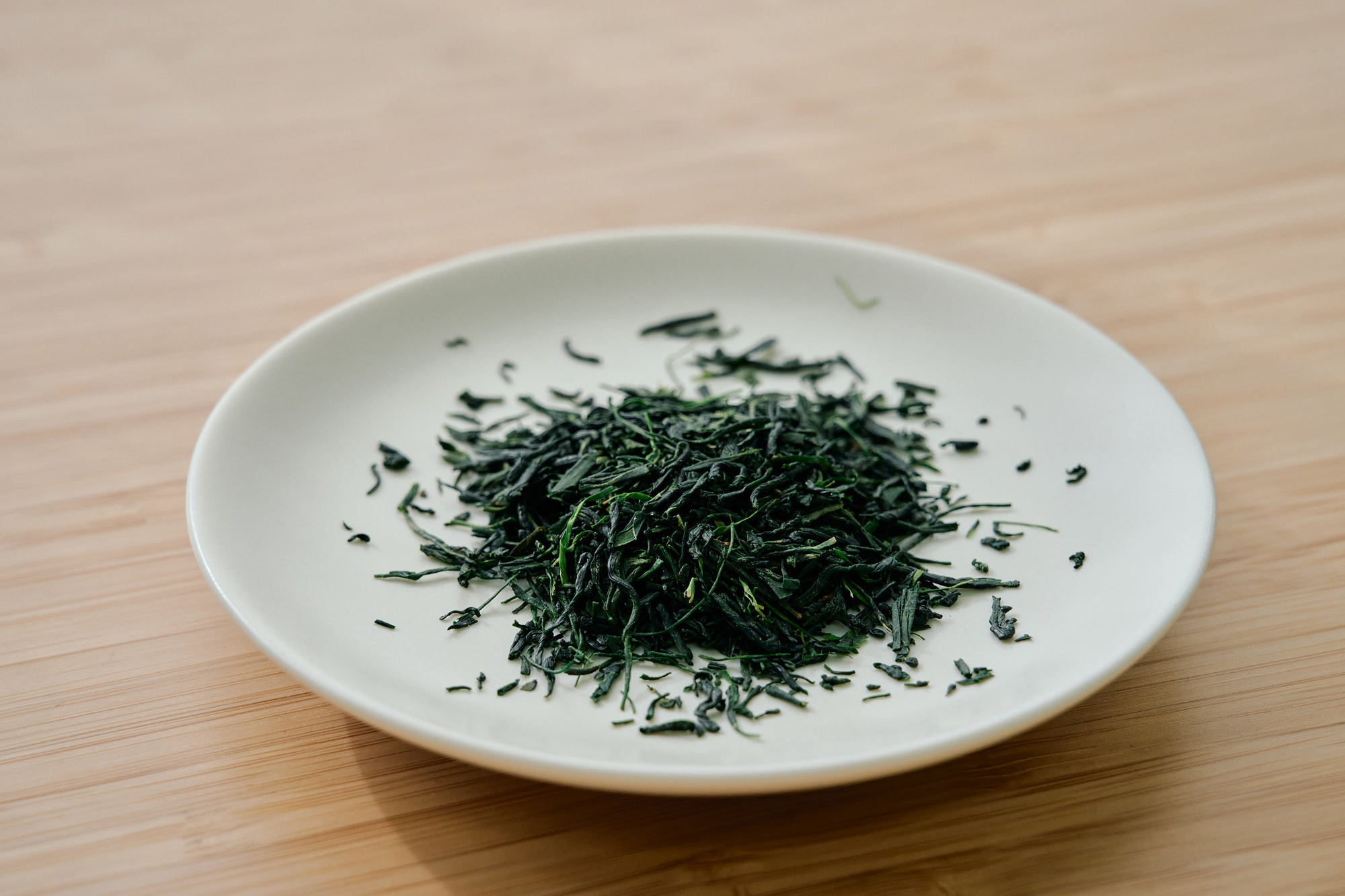The Birth of Tea Cultivars in Uji
In 1931, Uji saw its first tea cultivar planted. This marked the beginning of a new era in Japanese tea production. Prior to this, all tea plants in Uji were Zairai Mishō - native seedlings that had been growing since Myōe Shōnin introduced tea to the region in 1217.
The Importance of Old Tea Trees
For centuries, tea masters believed that the best Tencha and Gyokuro could only be produced from old tea trees. In Uji and Kohata, some tea gardens were carefully maintained for 250-300 years. These Zairai Mishō gardens contained a mix of early, mid, and late-budding plants. To ensure quality, tea masters in the Edo period would mark the bushes ready for picking each morning with paper tags. Young women would then harvest only the tagged bushes with perfectly matched buds.
Revolutionizing Uji Tea with Cultivars
The introduction of cultivars in 1931 revolutionized tea production in Uji. Researchers like Hirano Jinnosuke, Koyama Masajirō, and the Kyoto Prefectural Tea Research Institute began selecting superior plants from the native Uji seedlings. Their efforts resulted in prized Uji cultivars like Asahi, Komakage, Samidori, Gokō, and Ujihikari.
Extended Harvest Windows with Modern Cultivars
Today, these cultivars allow for a much longer harvest window. Tencha, for example, can be picked in sequence from Terakawa Wase, Asahi (or Gokō, Komakage, Ujihikari), Yabukita, Samidori, to Okumidori. This extended season was impossible with only native seedlings.
Challenges of Harvesting Native Seedlings
In the past, tea farmers had limited options to manage harvest timing:
1. Utilizing different garden locations
2. Adjusting shading periods and leaf thickness
3. Creating "habits" in tea bushes by picking early or late
The harvest window for top-quality tea was incredibly short - just 2-6 days. This led to picking much younger buds than would be considered today.
The Legacy of Zairai Mishō in Uji Tea
Thanks to the pioneering work of early cultivar developers, Uji continues to produce Japan's finest Tencha and Gyokuro. While most gardens now use cultivars, the legacy of those ancient Zairai Mishō trees lives on in the unique character of Uji tea.




